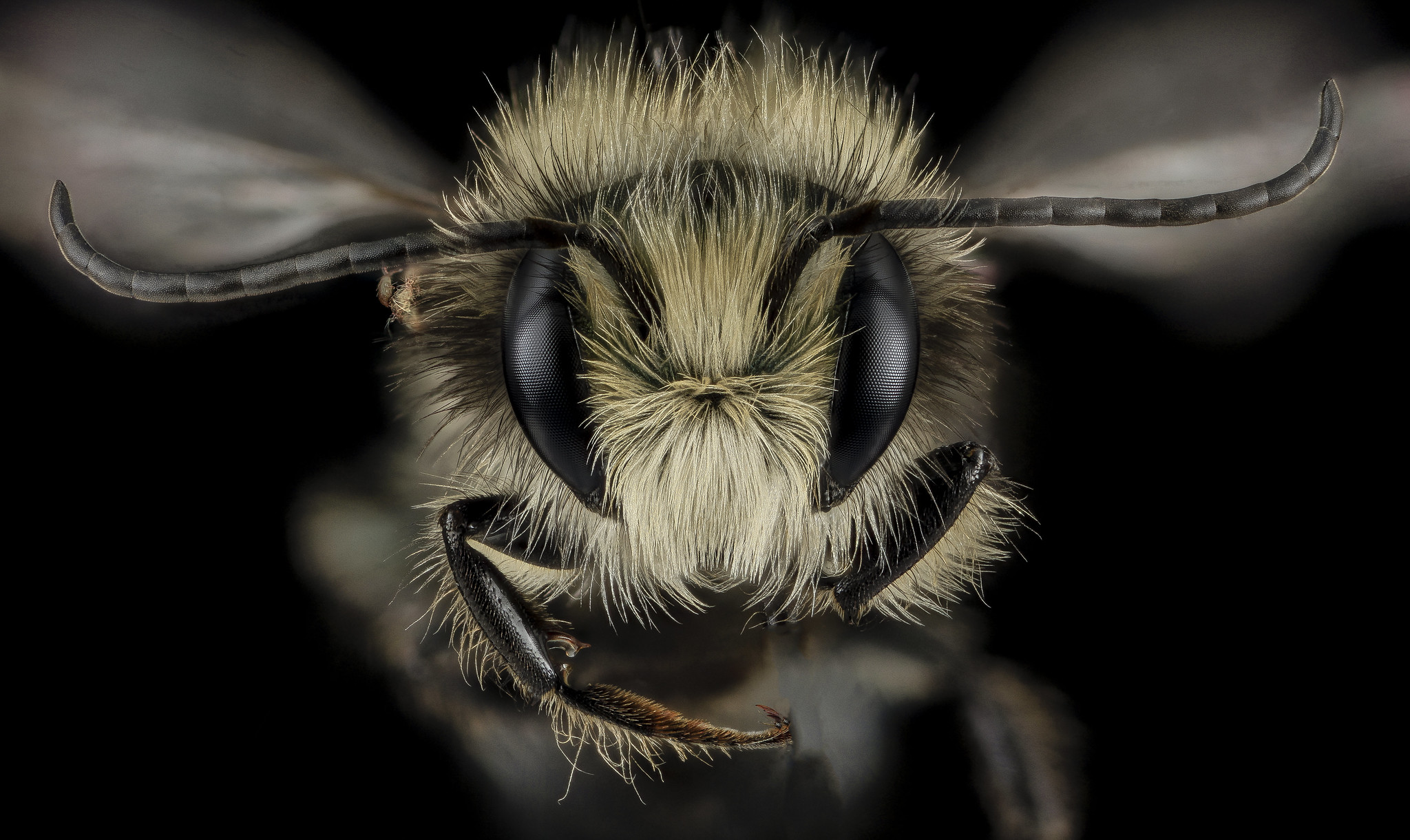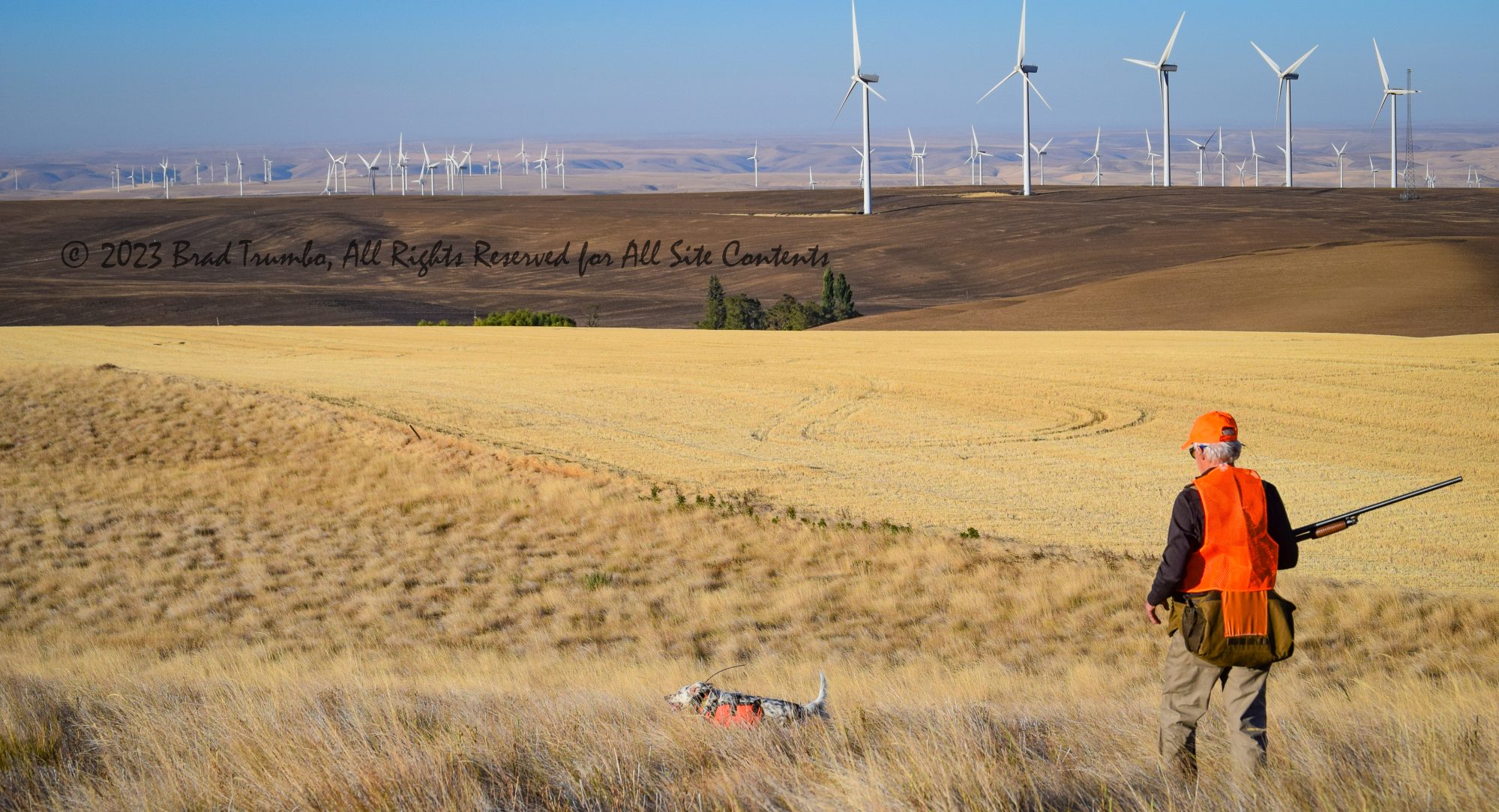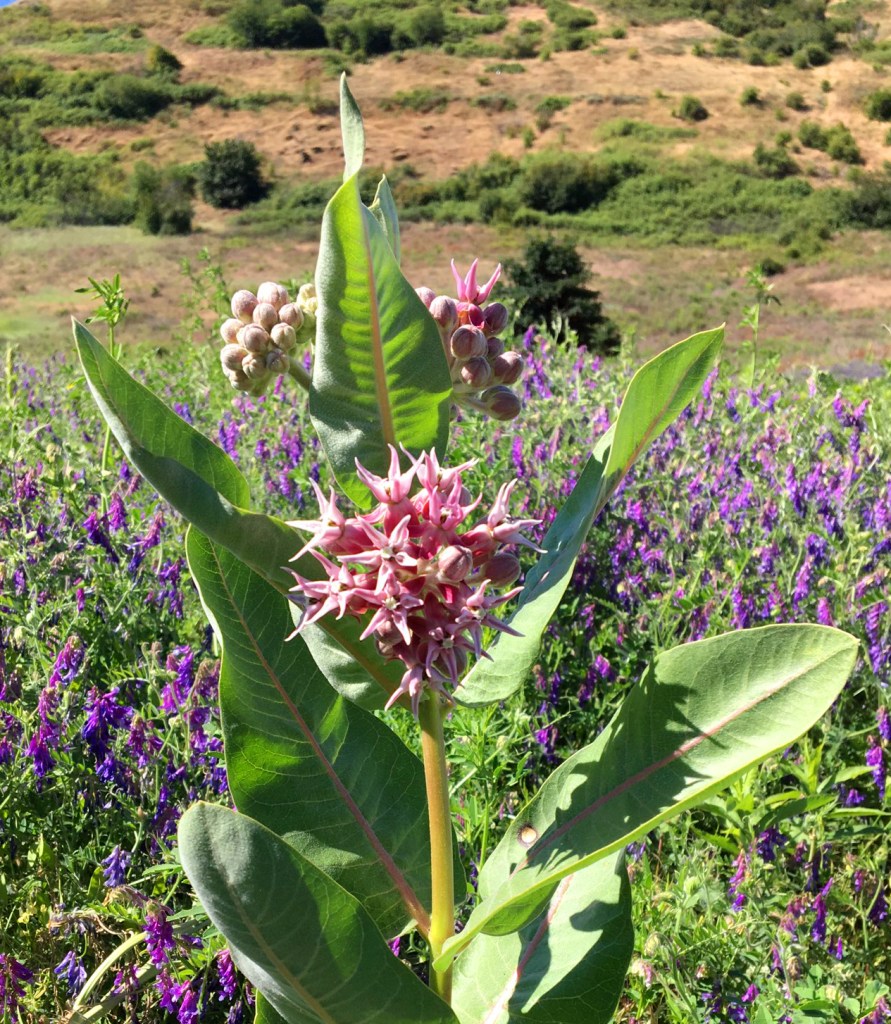What’s your first thought when someone mentions pollination or pollinators? Is it flowers? Bees? Honey? Allergies? A gambling man would put money on it being honey and honey bees (why wouldn’t it bee, right?). While none of us could fathom a life without honey, bee pollination is critical for the success of native plant reproduction and diversity, and food crop and fruit production.
Introduced worldwide, honey bees are a vital part of our ecosystem, and because of their succulent honey, they are most commonly recognized for pollination and conservation efforts. Commercial apiaries rent pollination services that benefit crop production and provide the apiary a honey crop. But when it comes to pollination effectiveness, honey bees will forever live in the shadow of our solitary natives.

Mason bee visiting a flower
North America boasts approximately 4,000 native bee species, ranging in size and shape from bumble bees to sweat bees, none of which build hives. Bumble bees comprise about 40 species and are quite obvious, yet the lesser known are easily confused with other less desirable flies. The mason bees.
Mason bees are aptly named for their reproductive habits. The female mason bee often occupies holes in wood with larvae secured behind mud plugs for safe development. Mason bees don’t excavate holes, rather they clean debris from suitable spaces, pack them with pollen that they carry in on their belly, and seal in an egg. The eggs of female offspring are deposited first, at the back of the space for protection from predators while male eggs are stacked in front. Eggs are laid in May, and larvae hatch and feed on the pollen until the following spring, when they emerge to complete their lifecycle.
A few common species like the blue orchard bee (Osmia lignaria) frequent our gardens and orchards, as well as our landscaped city blocks and urban homes. While some native species, like the emerald green sweat bee Agapostemon femoratus are obvious, mason bees are nondescript, dark colored or lightly striped, and smaller than honey bees. These are the bees that we see frequently but pay little mind or mistake for something else.

Blue orchard bee (photo by USGS)
Mason bees are docile and lead solitary lives. Since they only reproduce once each year, they don’t need extensive hives or honey production, but also forfeit the glamour of their extraordinary pollination abilities. A single mason bee can visit up to 2,000 flowers per day and just a few mason bees can pollinate the same number of fruit trees as thousands of honey bees. For this reason, the blue orchard mason bee is prized as one of the few native pollinators managed in agriculture.
Jim Watts, founder of Rent Mason Bees in Woodinville, Washington, knows the value and business of native mason bees. Rent Mason Bees offers a pollination service much like commercial apiaries, but Watts’ crop is not honey. Its more bees. Rent Mason Bees is devoted to making mason bees available for everyone from large-scale pollination needs such as commercial orchards, right down to a studio apartment, and everything in between. And the process begins with you.
At present, with a global pandemic threatening our food production capabilities at the national level, food security has invigorated many worldwide to seek homesteading opportunities. Farm and garden stores and mail order catalogs have seen baby chicks flying out the door, as well as seed sources exhausted by a fresh flush of gardeners eager to fill new beds, prepped while in social isolation, with the hope of eventually sustaining themselves to some degree. And, as those new vegetables and orchards begin to bloom, the pollination of native mason bees can bolster the bounty, simply through their effectiveness at visiting and fertilizing so many flowers.
So, where do you play into all of this? You guessed it. You can rent mason bees from Rent Mason Bees. Watts and his team have developed a precise system for providing healthy mason bees and bee houses to residential and farm owners for their pollination benefits. By providing bees and bee boxes designed to attract mason bees for egg laying, Watts’ team can collect the larvae at the end of the mason bee lifecycle as they lie dormant until the next spring.

Mason bee box provided to a residence by Rent Mason Bees
A brilliant, seven-minute documentary, The Bee Farmers, by filmmaker Steve Utaski, walks through the Rent Mason Bees process as they deliver bees and boxes for pollination, then collect, clean and store the larvae, which are encased in cocoons that look a little like coffee beans, in preparation for delivery the next year. The bee larvae that come from residential areas are distributed to interested large food crop producers where the bees ensure a healthy crop set to feed you, your family and our nation. As the cocoons are prepared for winter storage, the bee houses are sterilized and prepared for renting again the following season. By participating in the program, anyone has the ability to contribute to their personal and national food security and the success of local farm-to-table operations. And it doesn’t end there.
Watts’ operation propagates over 10 million native bees annually, contributing to the conservation of a desirable, local species that is presently experiencing population pressures from various land and chemical uses. At present, scientists estimate 25% of native bee species are on the brink of extinction. This makes the residential aspect of Watts’ mason bee operation so critical. With over 4,000 renters contributing cocoons, Rent Mason Bees ensures a fresh yield of pollinators each year.
The benefits of mason bee pollination and the logistics of Rent Mason Bees is captivatingly portrayed in The Bee Farmers to include the process of bee pollination and larvae deposition in stunning detail and story-telling. But Utaski’s attention to the ancillary benefit of community outreach and education, which Rent Mason Bees thrives on, is the most compelling aspect of the residential part of the program from, this biologist’s perspective.

Extracting cocoons from a bee box
Biologist Olivia Shangrow with Rent Mason Bees attends public events, spreading the word and encouraging new renters to take part in the mason bee lifecycle and conservation. Parents can host a bee box and teach their children about the importance of pollination while keeping tabs on when and how the females populate the boxes with eggs. Because mason bees don’t colonize to protect a sole queen, mason bees are non-aggressive and family safe. The program also lends itself well to larger community-based projects, be it a host community garden or a community event where neighbors come together as a team to rent bees for the community.
Utaski’s film portrays the meaning of this program to Seattle residents, yet captures another less apparent, yet critically important detail. Our society at present is strongly self-reliant. In the age of social media, community neighbors are generally less social with one another on a personal level than our grandparents and parents experienced. The development of community-based participation in the Rent Mason Bees program leads to cohesion and cooperation, and collective youth learning and social interaction, away from internet-based platforms, formal education or sports.

Cleaned cocoons being prepared for winter storage
Now is the time to reach out to Rent Mason Bees, as mason bee activity peaks in May. And like everyone else, Rent Mason Bees is feeling the stress of the COVID-19 pandemic and Washington’s “Stay at Home” order. Watts’ team is unable to conduct outreach and distribute mason bees effectively, but shipping is still an option. Bees need to find homes and farms where they can pollinate and have the opportunity to reproduce where the larvae can be collected. Otherwise, their 2020 offspring will be significantly reduced.
If you are on the fence, take a few moments to enjoy Steve Utaski’s The Bee Farmers, and read up on our native bees. They are a treasure to the nation, encouraging biodiversity and enhancing flower and vegetable gardens and fruit crops. Visit the U.S. Geological Survey, the Xerces Society and Rent Mason Bees to learn more.













